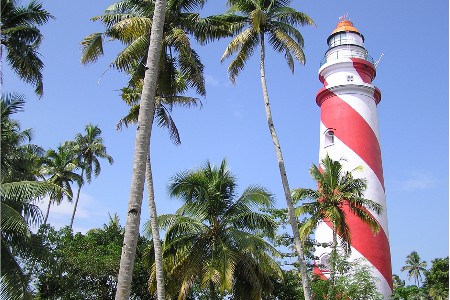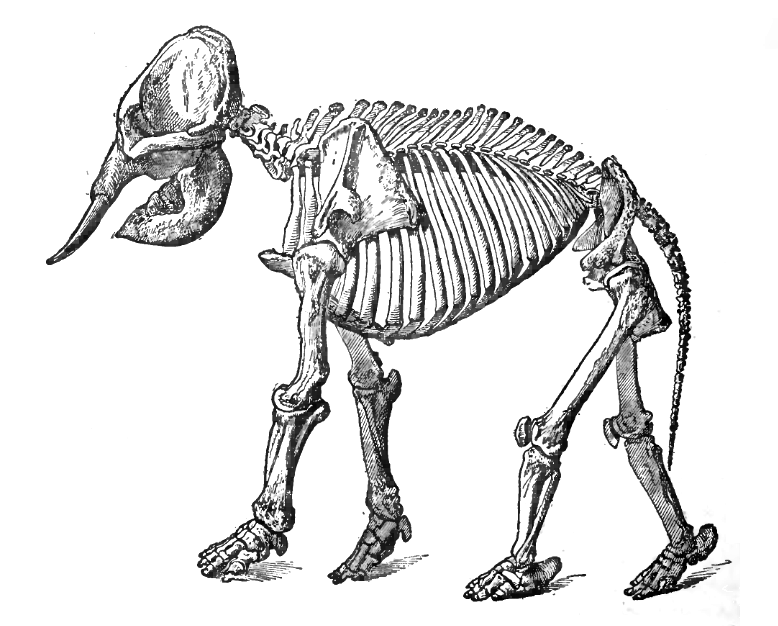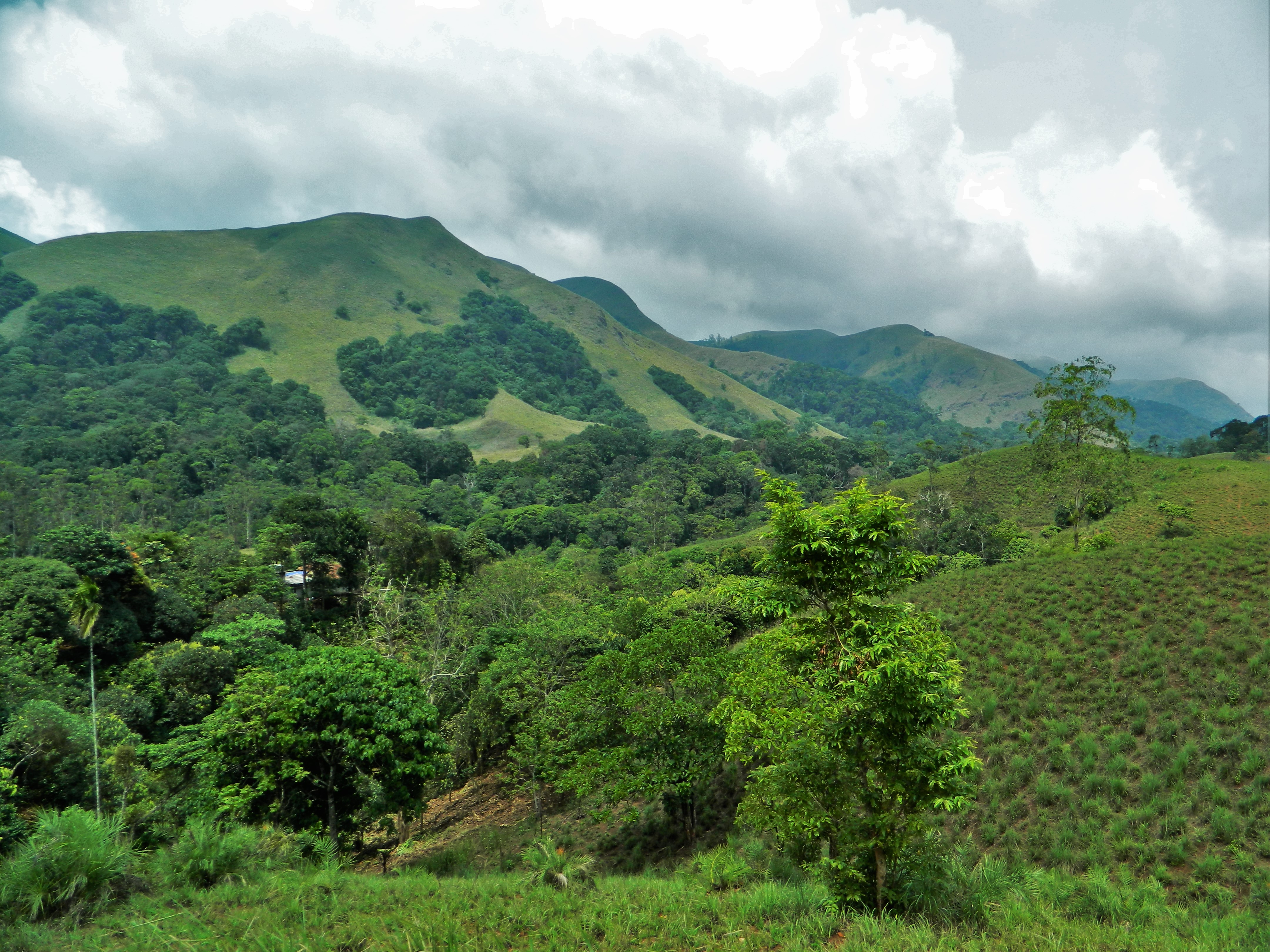|
Agasthyamalai Biosphere Reserve
The Agasthyamala Biosphere Reserve is a biosphere reserve in India established in 2001, located in the southernmost end of the Western Ghats and includes of which 1828 km2 is in Kerala and 1672.36 km2 is in Tamil Nadu. It encompasses the following wildlife sanctuaries: Shendurney Wildlife Sanctuary, Peppara Wildlife Sanctuary, Neyyar Wildlife Sanctuary, and Kalakkad Mundanthurai Tiger Reserve.Tamil Nadu Forest Department (2007) retrieved 2 September 200AGASTHIYARMALAI BIOSPHERE RESERVE Agasthyamalai Biosphere Reserve became part of World Network of Biosphere Reserves in 2016.UNESCO, World Network of Biosphere Reserves, Agasthyamalai. retrieved 19 March 201World Network Of Biosphere Reserves/ref> Location ABR straddles the border of Pathanamthitta, Kollam and Thiruvananthapuram Districts in Kerala and Tirunelveli and Kanyakumari Districts in Tamil Nadu, South India at the southern end of the Western Ghats. The Biosphere lies Between 8° 8' to 9° 10' North Latitude ... [...More Info...] [...Related Items...] OR: [Wikipedia] [Google] [Baidu] |
Kollam District
Kollam district (), (formerly Quilon district) is one of 14 districts of the state of Kerala, India. The district has a cross-section of Kerala's natural attributes; it is endowed with a long coastline, a major Laccadive Sea seaport and an inland lake ( Ashtamudi Lake). The district has many water bodies. Kallada River is one among them, and the east side land of river is East Kallada and the west side land is West Kallada. Overview Kallada Boat race is one of the famous festival events of the district. Even though it is a competition between two land sides of the river, many boat clubs from various places, even beyond the district participate in the event. Kollam is the capital of Kerala's cashew industry. Plains, mountains, lakes, lagoons, and backwaters, forests, farmland and rivers make up the topography of the district. The area had trading relationships with Phoenicia and Ancient Rome. Climate Kollam's temperature is almost steady throughout the year. The average ... [...More Info...] [...Related Items...] OR: [Wikipedia] [Google] [Baidu] |
Pathanamthitta District
Pathanamthitta District (), is one of the 14 districts in the Indian state of Kerala. The district headquarters is in the town of Pathanamthitta. There are four municipalities in Pathanamthitta: Adoor, Pandalam, Pathanamthitta and Thiruvalla. According to the 2011 Census of India, the population was 1,197,412, making it the third least populous district in Kerala (out of 14), after Wayanad and Idukki. Pathanamthitta has been declared the first polio-free district in India. The district is 10.03% urbanised. Pathanamthitta is one of the richest districts in India with just 1.17% poverty as of 2013, which places the district among top 5 districts in India with least poverty. Etymology The district's name is a combination of two Malayalam words, and , which together mean 'array of houses on the river side'. The district capital is located on the banks of the river Achankovil. History It is presumed that the regions that form the district were formerly under the ... [...More Info...] [...Related Items...] OR: [Wikipedia] [Google] [Baidu] |
The Hindu
''The Hindu'' is an Indian English-language daily newspaper owned by The Hindu Group, headquartered in Chennai, Tamil Nadu. It began as a weekly in 1878 and became a daily in 1889. It is one of the Indian newspapers of record and the second most circulated English-language newspaper in India, after '' The Times of India''. , ''The Hindu'' is published from 21 locations across 11 states of India. ''The Hindu'' has been a family-owned newspaper since 1905, when it was purchased by S. Kasturi Ranga Iyengar from the original founders. It is now jointly owned by Iyengar's descendants, referred to as the "Kasturi family", who serve as the directors of the holding company. The current chairperson of the group is Malini Parthasarathy, a great-granddaughter of Iyengar. Except for a period of about two years, when S. Varadarajan held the editorship of the newspaper, the editorial positions of the paper were always held by members of the family or held under their direction. His ... [...More Info...] [...Related Items...] OR: [Wikipedia] [Google] [Baidu] |
Kanikkaran
Kanikkaran are a tribal community found in the southern parts of Kerala and Tamil Nadu states in India. According to 2011 census there are 24,000 Kanikkars,Kanikkaran A language of India ''The Ethnologue Website'', retrieved November 21, 2009 living in several districts of Kerala and Tamil Nadu. They dwell in forests or near to forests in Thiruvananthapuram and in Kerala, and Kanyakumari and [...More Info...] [...Related Items...] OR: [Wikipedia] [Google] [Baidu] |
Nilgiri Tahr
The Nilgiri tahr (''Nilgiritragus hylocrius'') is an ungulate that is endemic to the Nilgiri Hills and the southern portion of the Western and Eastern Ghats in the states of Tamil Nadu and Kerala in southern India. It is the state animal of Tamil Nadu.Prater, S. H. 1948, 1971. ''The book of Indian Animals'', Bombay Natural History Society and Oxford University Press, India. 324 pages. . Despite its local name, it is more closely related to the sheep of the genus '' Ovis'' than the ibex and wild goats of the genus '' Capra''. It is the only species in the genus ''Nilgiritragus''. Etymology In Tamil, the Nilgiri tahr is called வரையாடு (''varaiaadu''). The word ''varaiaadu'' is derived from the Tamil words ''wurrai'' meaning " precipice" and ''aadu'' meaning "goat". The word in ancient Tamil was வருடை (''varudai''). In Malayalam, the word is വരയാട് (''varyaadu''). The Nilgiri tahr was described as ''Capra warryato'' by Gray. The genus na ... [...More Info...] [...Related Items...] OR: [Wikipedia] [Google] [Baidu] |
Asian Elephant
The Asian elephant (''Elephas maximus''), also known as the Asiatic elephant, is the only living species of the genus '' Elephas'' and is distributed throughout the Indian subcontinent and Southeast Asia, from India in the west, Nepal in the north, Sumatra in the south, and to Borneo in the east. Three subspecies are recognised—'' E. m. maximus'' from Sri Lanka, ''E. m. indicus'' from mainland Asia and '' E. m. sumatranus'' from the island of Sumatra. Formerly, there was also the Syrian elephant or Western Asiatic elephant (''Elephas maximus asurus'') which was the westernmost population of the Asian elephant (''Elephas maximus''). This subspecies became extinct in ancient times. Skeletal remains of ''E. m. asurus'' have been recorded from the Middle East: Iran, Iraq, Syria, and Turkey from periods dating between at least 1800 BC and likely 700 BC. It is one of only three living species of elephants or elephantids anywhere in the world, the others being the Africa ... [...More Info...] [...Related Items...] OR: [Wikipedia] [Google] [Baidu] |
Tiger
The tiger (''Panthera tigris'') is the largest living cat species and a member of the genus '' Panthera''. It is most recognisable for its dark vertical stripes on orange fur with a white underside. An apex predator, it primarily preys on ungulates, such as deer and wild boar. It is territorial and generally a solitary but social predator, requiring large contiguous areas of habitat to support its requirements for prey and rearing of its offspring. Tiger cubs stay with their mother for about two years and then become independent, leaving their mother's home range to establish their own. The tiger was first scientifically described in 1758. It once ranged widely from the Eastern Anatolia Region in the west to the Amur River basin in the east, and in the south from the foothills of the Himalayas to Bali in the Sunda Islands. Since the early 20th century, tiger populations have lost at least 93% of their historic range and have been extirpated from Western and Cen ... [...More Info...] [...Related Items...] OR: [Wikipedia] [Google] [Baidu] |
Shola
Sholas are the local name for patches of stunted tropical montane forest found in valleys amid rolling grassland in the higher montane regions of South India, largely in Kerala, Karnataka and Tamilnadu. These patches of shola forest are found mainly in the valleys and are usually separated from one another by undulating montane grassland. The shola and grassland together form the shola-grassland complex or mosaic. Not all such high-elevation grasslands have sholas in their valleys, especially if they are isolated from other such meadows, such as the meadows found in the Idamalayar Reserve Forest in Ernakulam district of Kerala. The word 'Shola' is probably derived from the Tamil language word cõlai (சோலை) meaning grove. The shola-forest and grassland complex has been described as a climatic climax vegetation with forest regeneration and expansion restricted by climatic conditions such as frost or soil characteristics while others have suggested that it may have ant ... [...More Info...] [...Related Items...] OR: [Wikipedia] [Google] [Baidu] |
South Western Ghats Montane Rain Forests
The South Western Ghats montane rain forests is an ecoregion in South India, covering the southern portion of the Western Ghats in Karnataka, Kerala and Tamil Nadu at elevations from . Annual rainfall in this ecoregion exceeds . Setting The ecoregion is the most species rich in peninsular India, and is home to numerous endemic species. It covers an area of . It is estimated that two-thirds of the original forests have been cleared, and only 3,200 square kilometers, or 15% of the intact area, is protected. The southern portion of the Western Ghats contains the highest peaks in the range, notably Anamudi in Kerala, at 2695 meters elevation. The Ghats intercept the moisture-laden monsoon winds off the Arabian Sea, and the average annual precipitation exceeds 2,800 mm. The northeast monsoon from October to November supplements the June to September southwest monsoon. The South Western Ghats are the wettest portion of peninsular India, and are surrounded by drier ecoregions t ... [...More Info...] [...Related Items...] OR: [Wikipedia] [Google] [Baidu] |
South Western Ghats Moist Deciduous Forests
The South Western Ghats moist deciduous forests is an ecoregion in the Western Ghats of southern India with tropical and subtropical moist broadleaf forests. This biome covers the Nilgiri Hills between elevation of in Kerala, Karnataka and Tamil Nadu states. Geography The ecoregion has an area of . It includes the southern ranges of the Western Ghats, including the Agastyamalai and Anamalai, and the eastward spurs or slopes of the Nilgiri Hills and Palani Hills. The forests of Wayanad in northern Kerala mark the transition to the North Western Ghats moist deciduous forests to the north. To the west, the Malabar Coast moist forests ecoregion lies in the coastal strip between the 250 meter contour and the Malabar Coast. To the east, the ecoregion transitions to the South Deccan Plateau dry deciduous forests ecoregion in the drier rain shadow of the Western Ghats. It surrounds the South Western Ghats montane rain forests ecoregion, which lies above 1000 meters elevati ... [...More Info...] [...Related Items...] OR: [Wikipedia] [Google] [Baidu] |
Ecoregions In India
Ecoregions of the world, spanning all land area (terrestrial) of the planet, were first defined and mapped in 2001 and subsequently revised in 2017. Later, freshwater ecoregions and marine ecoregions of the world were identified. Within India, there are 46 terrestrial ecoregions, 14 freshwater ecoregions, and 6 marine ecoregions. Terrestrial ecoregions The terrestrial ecoregions of the world include 45 ecoregions that fall entirely or partly within the boundaries of India. These ecoregions fall within two biogeographic realms: Indomalayan and Palearctic. They also fall under ten biomes: Deserts and Xeric Shrublands, Flooded Grasslands and Savannas, Mangroves, Montane Grasslands and Shrublands, Temperate Broadleaf and Mixed Forests, Temperate Conifer Forests, Tropical and Subtropical Coniferous Forests, Tropical and Subtropical Dry Broadleaf Forests, Tropical and Subtropical Grasslands, Savannas and Shrublands, and Tropical and Subtropical Moist Broadleaf Forests. The ecoregion ... [...More Info...] [...Related Items...] OR: [Wikipedia] [Google] [Baidu] |





